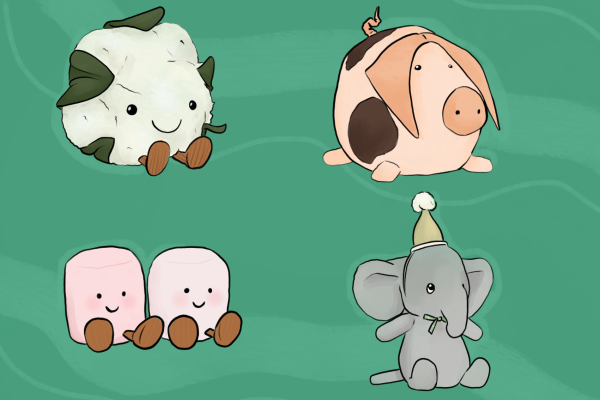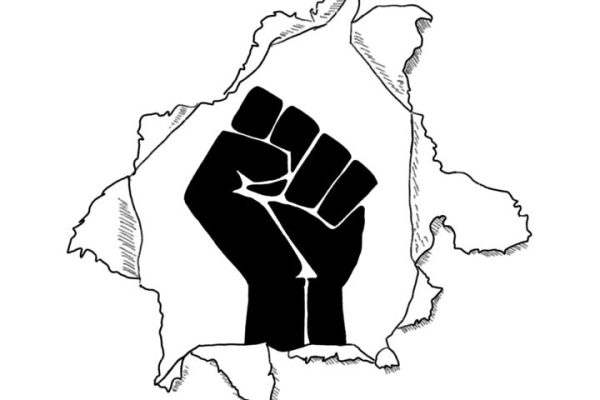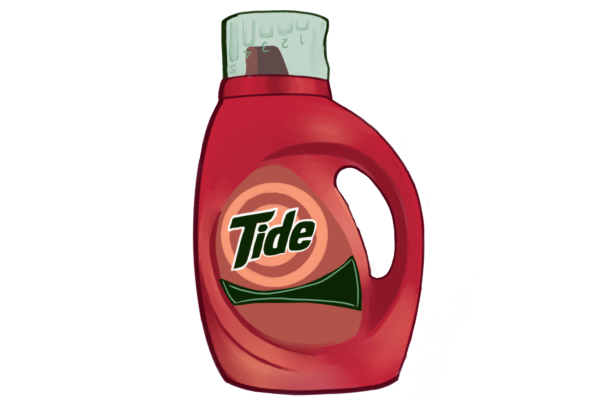What are you afraid of?: List of the most common fears
While Halloween may be over, many everyday people still have to struggle with debilitating fears. These people suffer from phobias, disorders that induce extreme fears. There are hundreds of different types. It can be difficult to remember all of them, but have no fear, the following list explains some of the most common ones.
1. Arachnophobia: fear of spiders
This is one of the most common phobias in the world. According to The Huffington Post, women are about twice as likely to be arachnophobes than men. Also, only around 3.5-6.1 percent of the population are true arachnophobes.
2. Acrophobia: fear of heights
Unlike other phobias, acrophobia covers a wide range of situations that could lead to an anxiety attack. It is the fear of heights in general, so an acrophobe may feel just as scared flying in an airplane or climbing up a ladder. According to the HRF (Health Research Funding), 2 to 5 percent of the world population suffers from a fear of heights. Women seem more susceptible to this fear as they are affected twice as much as men.
3. Agoraphobia: fear of a situations that are difficult to escape
Like acrophobia, situations in which the victim feels uncomfortable can lead to severe panic attacks. Multiple causes are suspected, ranging from genetics to unresolved childhood issues in which the victim was separated from a caretaker. 2.7-5.8 percent of the population is affected by this disorder.
4. Astraphobia: fear of lightning and thunder
Very common in children as well as large predators, this is the psychological response to a threatening environment. Storms can cause panic and abnormal behaviors in the victims. However, it only occurs in about 2 percent of people and can be treated relatively easily with therapy.
5. Claustrophobia: fear of small spaces
If you ever feel suffocated and anxiety ridden in a cramped elevator, it’s possible you suffer from claustrophobia. Mainly associated with the fear of suffocation and restriction, about 2 percent of people are diagnosed.
6. Cynophobia: fear of dogs
This is another common animal phobias. Three out of four people who suffer from this are women. However, this phobia is usually more debilitating than arachnophobia.
7. Mysophobia: fear of germs/bacteria
OCD, Obsessive-compulsive disorder, and mysophobia usually go . This can cause other disorders as victims usually go to extreme lengths to stop germs.
8. Ophidiophobia: fear of snakes
This affects nearly one-third of the entire human population, and is another one of the most common animal phobias. Some suggest this has developed due to an evolutionary drive to avoid threats.
9. Trypanophobia: fear of needles
While many people dislike getting shots or having their blood drawn, trypanophobia is much more intense than a typical discomfort with needles. Victims will go to extreme lengths to avoid the pain and anxiety associated with needles, sometimes even endangering their own lives.
10. Trypophobia: fear of holes
Holes are a trigger that can cause panic and disgust in victims. They usually stay away from sponges, honeycomb, coral, meat, basically anything with many holes inside. Compared to the other phobias on this list, it isn’t as well known, but still quite common. It is not known for certain what causes this fear, but some have suggested it stems from traumatic experiences or is an evolutionary adaption.
Sources:
http://psychology.about.com/od/phobias/p/commonphobias.htm
http://www.fearof.net/top-10-phobias-of-all-time/
http://www.fearof.net/fear-of-holes-phobia-trypophobia/
http://healthresearchfunding.org/acrophobia-statistics/
http://www.goodtherapy.org/blog/psychpedia/trypanophobia
http://www.huffingtonpost.com/2013/10/31/spider-facts_n_4184285.html
http://www.encyclopedia.com/topic/Agoraphobia.aspx
Your donation will support the student journalists of Kirkwood High School. Your contribution will allow us to purchase equipment and cover our annual website hosting costs.

Grade: 12
Twitter handle: N/A
If you could be another Call staffer, who would you be?: Robson Ali because he's got cool hair and is really smart.
Interests:...











